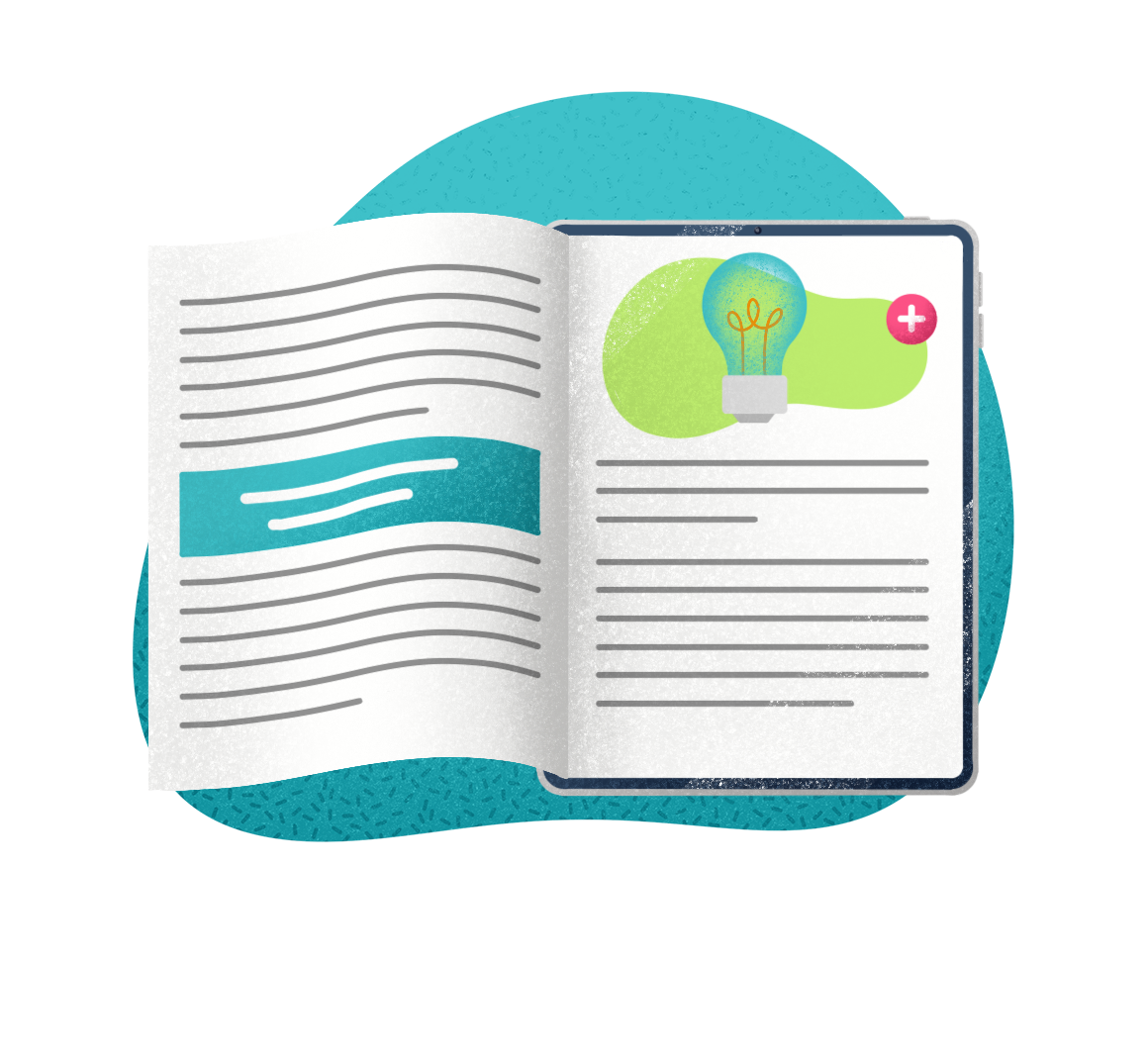ITSM is a strategic approach to designing, delivering, managing, and improving the way information technology (IT) is used within an organization. It relies heavily on processes to maintain the integrity of service management data. Another important term is Software normalization. This concept refers to the process of standardizing and harmonizing data across systems to reduce redundancy and improve data quality. Reconciliation goes a step further by aligning data from multiple sources, resolving discrepancies to create a single source of truth.
Together, these processes facilitate ITSM professionals to achieve a higher level of service quality and operational efficiency, laying the groundwork for more advanced ITSM practices. In this article we are going to uncover the technical nuances and best practices that make software normalization and reconciliation indispensable in the ITSM space.
Understanding Software Normalization
Software normalization is a critical component of IT Service Management. It involves the standardization of data across IT systems to ensure consistency and accuracy. This process is essential in managing the complexities of IT services, where disparate data sources and formats can lead to inefficiencies and errors. A common challenge in almost every company that is handling data from different sources.
By applying normalization, ITSM professionals can restructure data management, reducing redundancy and facilitating easier data analysis and reporting. The process typically involves defining a common data model, identifying and merging duplicate records, and standardizing data formats and values. This not only enhances the quality of IT service data but also supports better decision-making and operational efficiency.
The benefits of software normalization extend beyond data management.
They also include:
- improved compliance with standards and regulations
- enhanced security through consistent data handling practices
- a solid foundation for implementing advanced ITSM processes such as automation and AI-driven analytics.
The Role of Reconciliation in ITSM
Reconciliation in IT Service Management (ITSM) plays an important role in ensuring data integrity and consistency across IT systems. Reconciliation involves comparing data from multiple sources to identify and resolve discrepancies, thereby creating a unified and accurate representation of IT assets and configurations.
The essence of reconciliation lies in its ability to provide a single source of truth, which is crucial for effective ITSM. It supports critical ITSM functions such as incident management, problem management, and change management by ensuring that the data these processes rely on is accurate.
The reconciliation process typically involves several key steps:
- Data matching, where similar records from different sources are identified.
- Data merging, where compatible information is combined.
- Conflict resolution, where discrepancies are addressed and resolved.
By ensuring that ITSM professionals have access to reliable and consistent data, reconciliation empowers organizations to deliver high-quality IT services and achieve operational excellence.
Best Practices for Normalization
Implementing best practices for software normalization maximizes the efficiency and effectiveness of your IT Service Management (ITSM) processes. Here are some key strategies you can adapt and use for your individual use case.
- Define a Common Data Model: Establish a unified data model that standardizes data elements and structures across systems. This model serves as a reference for normalizing data, ensuring consistency and compatibility.
- Automate Normalization Processes: Utilize automation tools to streamline the normalization process. Automation reduces manual errors and increases efficiency by automatically standardizing data formats, values, and structures.
- Continuous Data Quality Monitoring: Implement continuous monitoring mechanisms to ensure data remains normalized over time. Regular audits and checks help identify and correct deviations from the standard data model.
- Collaborate Across Departments: Encourage collaboration between IT, business units, and data management teams. Cross-functional teamwork ensures that normalization practices align with organizational needs and data standards.
- Leverage Advanced Tools and Technologies: Invest in advanced normalization tools and technologies that offer sophisticated features like machine learning algorithms for predictive normalization and anomaly detection.
Best Practices for Reconciliation
Reconciliation is not just a theoretical concept. Here are some best practices for reconciliation to ensure that ITSM processes are supported by the most accurate and reliable data:
- Data Matching Techniques: Use advanced algorithms to accurately match data from different sources and implement fuzzy matching to handle variations in data entries.
- Conflict Resolution Strategies: Establish predefined rules for automatic resolution of common discrepancies. For complex conflicts, involve subject matter experts to determine the most accurate data representation.
- Integration with ITSM Tools: Ensure reconciliation tools are fully integrated with ITSM software for seamless data flow and utilize APIs for real-time data exchange between systems.
- Regular Reconciliation Cycles: Schedule regular reconciliation cycles to maintain data accuracy over time. You could also adjust the frequency of cycles based on the volatility of the data and the criticality of the IT services.
- Audit and Compliance: Keep detailed logs of reconciliation actions and decisions for audit purposes and ensure reconciliation practices comply with relevant data standards and regulations.
- Stakeholder Communication: Keep stakeholders informed about reconciliation outcomes and impacts on ITSM processes. Use reconciliation reports to highlight improvements and areas needing attention.
Success Stories and Lessons Learned
Exploring real-world applications of software normalization and reconciliation in ITSM provides valuable insights into their practical benefits and challenges.
- Example 1: A multinational corporation with operations spread across 80 countries faced significant challenges in managing its IT infrastructure due to data inconsistencies and outdated systems. The corporation implemented an ITSM solution to streamline its IT operations. The solution provided a unified platform for software normalization and reconciliation, enabling the company to standardize IT processes and data across its global operations. As a result, the corporation experienced a 35% reduction in operational costs and a 50% decrease in downtime, significantly improving overall IT efficiency and business continuity.
- Example 2: A leading healthcare provider sought to improve patient care by ensuring accurate and up-to-date patient records across its network of hospitals and clinics. By implementing the ITSM platform, the provider was able to automate the reconciliation of patient data from various sources, including electronic health records (EHRs), lab results, and patient feedback. This not only streamlined patient data management but also facilitated a more personalized and timely care delivery. The healthcare provider saw a 40% improvement in patient satisfaction scores and a 20% increase in operational efficiency, showcasing the power of effective data management in enhancing healthcare services.
- Example 3: A global financial services firm faced challenges in maintaining the integrity and security of its vast amounts of sensitive financial data. The firm leveraged its advanced IT infrastructure solutions, incorporating AI and machine learning, to enhance its data reconciliation processes. This approach allowed the firm to quickly identify and resolve discrepancies in financial data, significantly reducing the risk of fraud and compliance violations. The implementation of the solutions led to a 60% reduction in fraudulent activities and a 30% improvement in compliance reporting accuracy, demonstrating the critical role of sophisticated data reconciliation in protecting financial assets and reputation.
The Future of Software Normalization and Reconciliation in ITSM
These key trends and innovations are shaping the future of software normalization and reconciliation in ITSM. Let’s have a look at the most important trends for the coming years.
- Artificial Intelligence (AI) and Machine Learning (ML): AI algorithms can predict and identify potential data discrepancies before they occur, while ML can learn from past normalization and reconciliation activities to improve future processes.
- Blockchain for Data Integrity: By storing data records in a secure, immutable ledger, blockchain can facilitate secure and transparent data reconciliation, especially in environments requiring high levels of security and trust.
- Data Privacy and Compliance: With increasing focus on data privacy and regulatory compliance, normalization and reconciliation tools will need to incorporate advanced features to ensure data is handled securely and in compliance with global data protection regulations.
It’s important to understand that organizations must be prepared to adapt their ITSM strategies to leverage the benefits of these technological advancements, creating more efficient, accurate, and secure IT service management practices.
Implementing Best Practices in Your Organization
Here are key strategies to ensure successful implementation for software normalization and reconciliation in your organization.
- Strategic Planning: Analyze your current ITSM processes and data management practices. Identify areas where normalization and reconciliation can bring the most benefit and develop a strategic plan that includes clear objectives, timelines, and metrics for success.
- Training and Development: Invest in training for your IT staff, consider certifications and workshops that focus on data management best practices and the specific tools your organization will be using.
- Measuring Success: Establish Key Performance Indicators (KPIs) to measure the effectiveness of your normalization and reconciliation efforts, like metrics related to data quality, operational efficiency, compliance rates, and IT service delivery. Review these metrics and identify areas for improvement.
- Continuous Improvement: ITSM is a dynamic field. Use feedback from the KPIs and stakeholder input to refine and enhance your normalization and reconciliation processes. Stay informed about new technologies and methodologies that can further improve your data management.
The Importance of Software Normalization and Reconciliation in ITSM
The journey towards excellence in ITSM begins with a commitment to robust software normalization and reconciliation practices. Organizations that proactively embrace these technological advancements in AI and ML, along with a culture of continuous improvement, will be well-positioned to lead in the ever-evolving landscape of IT service management.
Contact EasyVista today, and let us position your organization help your organization with your IT service management organization today. Our focus is on ensuring seamless integration with your existing ITSM frameworks, providing scalable solutions that grow with your business, and offering tools with user-friendly interfaces for ease of adoption. We emphasize the importance of customization—allowing you to tailor these tools to meet your unique organizational needs.

Infographic – The status of SMB IT in 2026
Explore how AI, automation & integrated ITSM/ITAM are reshaping IT strategy—at every scale.


